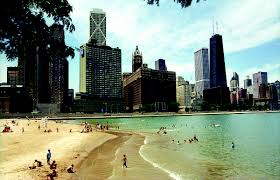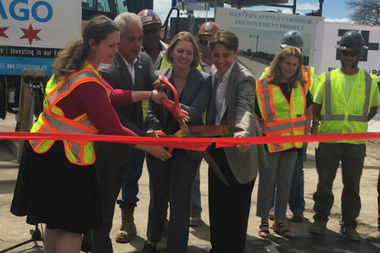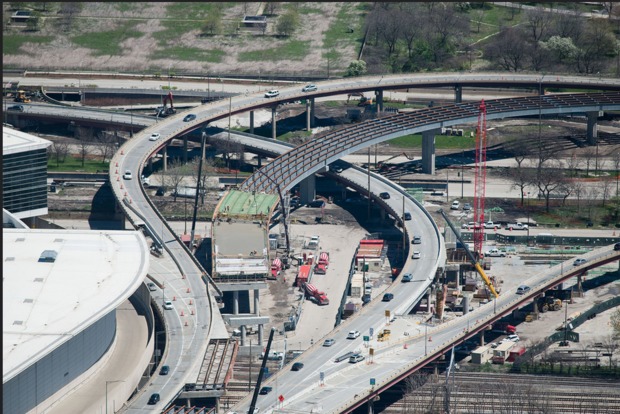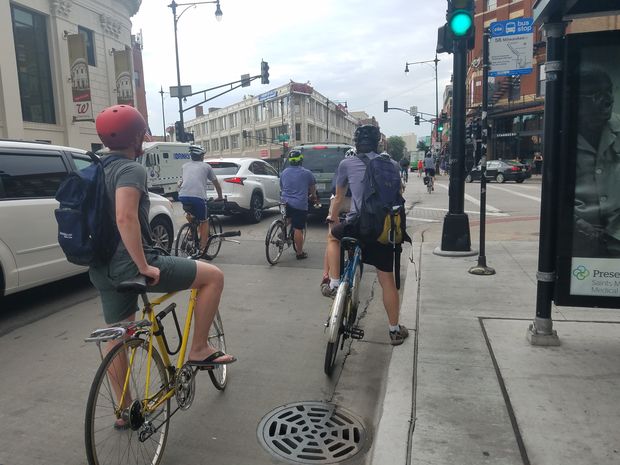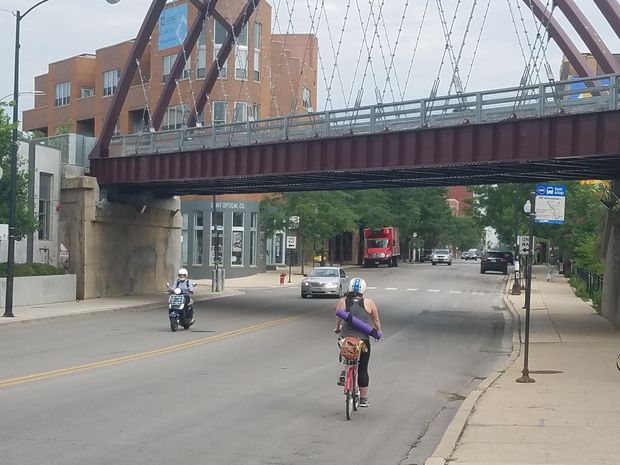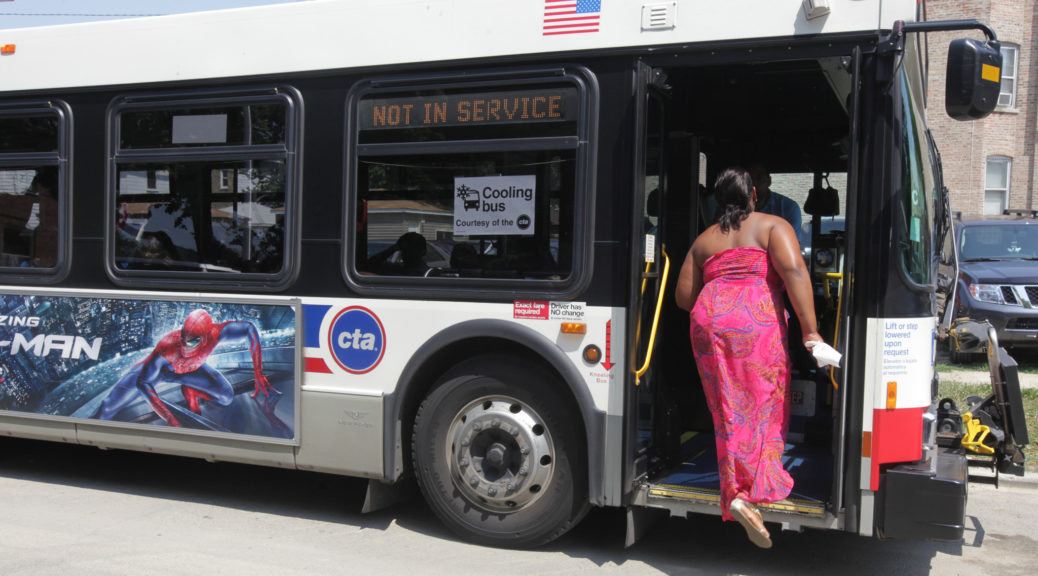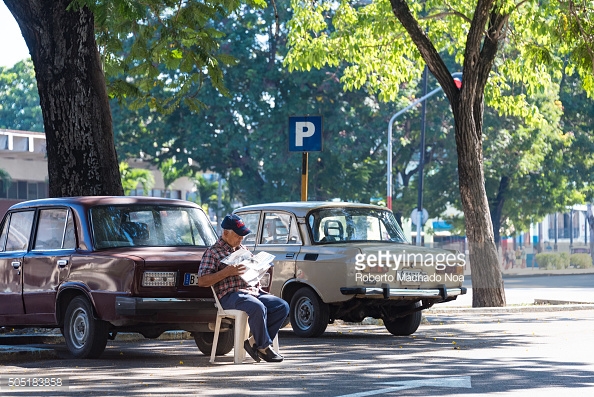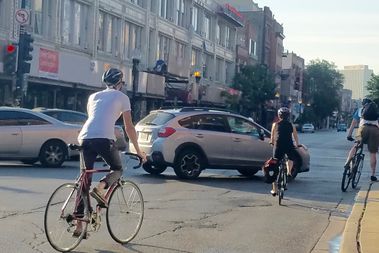“Knowing how many of our members and supporters desperately want to see bike lanes and safer crossings on Milwaukee Ave, our biggest goal is to get folks to attend and provide their input and feedback on the recommendations [the city] will be sharing,” said Jim Merrell, the alliance’s advocacy director.
Merrell said the advocacy group will be sharing its petition with city transportation officials and the three aldermen whose wards are in the focus area. Last month, about 60 people attended a rally for the bike lanes at Arc’Teryx.
Milwaukee Avenue, a busy hub for cyclists that sees thousands of cyclists daily, is deemed a “spoke route” in the city’s “Streets for Cycling” plan to build a network of protected bike lanes.
Milwaukee Avenue now has white bike lane pavement markings between Division Street and Armitage Avenue, but no buffers or barriers between cyclists and cars; only a “sharrow” — or shared lane for bikes and cars — exists.
The lack of dedicated space for cyclists has resulted in what some have called “a dooring epidemic” on the stretch with crashes between bikes and cars happening on a frequent basis. The issue is also a problem citywide, which has seen a 50 percent jump in dooring crashes, according to recently released data.
“Our ultimate goal is for all of Milwaukee Avenue to be safe and comfortable for people on foot, bike or transit,” Merrell said.
Among the design improvements that transportation department official Mike Amsden said in May could be rolled out as soon as late summer are adding higher visibility crosswalks with new paint, putting posts or bollards on the road to create a separation between cars and bikes, and installing “bump outs” or extra curb space to reduce pedestrian crossing distances.
Removing the right turn or “slip lane” used by car drivers who head north on Damen Avenue to turn onto Milwaukee Avenue at the southwest corner of the intersection was also suggested at the meeting in May. The removal of the under-used car turn lane would allow more room for pedestrians.
The changes coming to Milwaukee Avenue were prompted in part by the recently updated Wicker Park Bucktown Master Plan, commissioned by the Wicker Park Bucktown Taxpayer No. 33 District, a volunteer-led group which hired a team of consultants to craft a vision for the growing Wicker Park and Bucktown neighborhoods.
“Re-envisioning the Milwaukee/North/Damen intersection to be balanced and safer for all users” was a key component of the plan.
